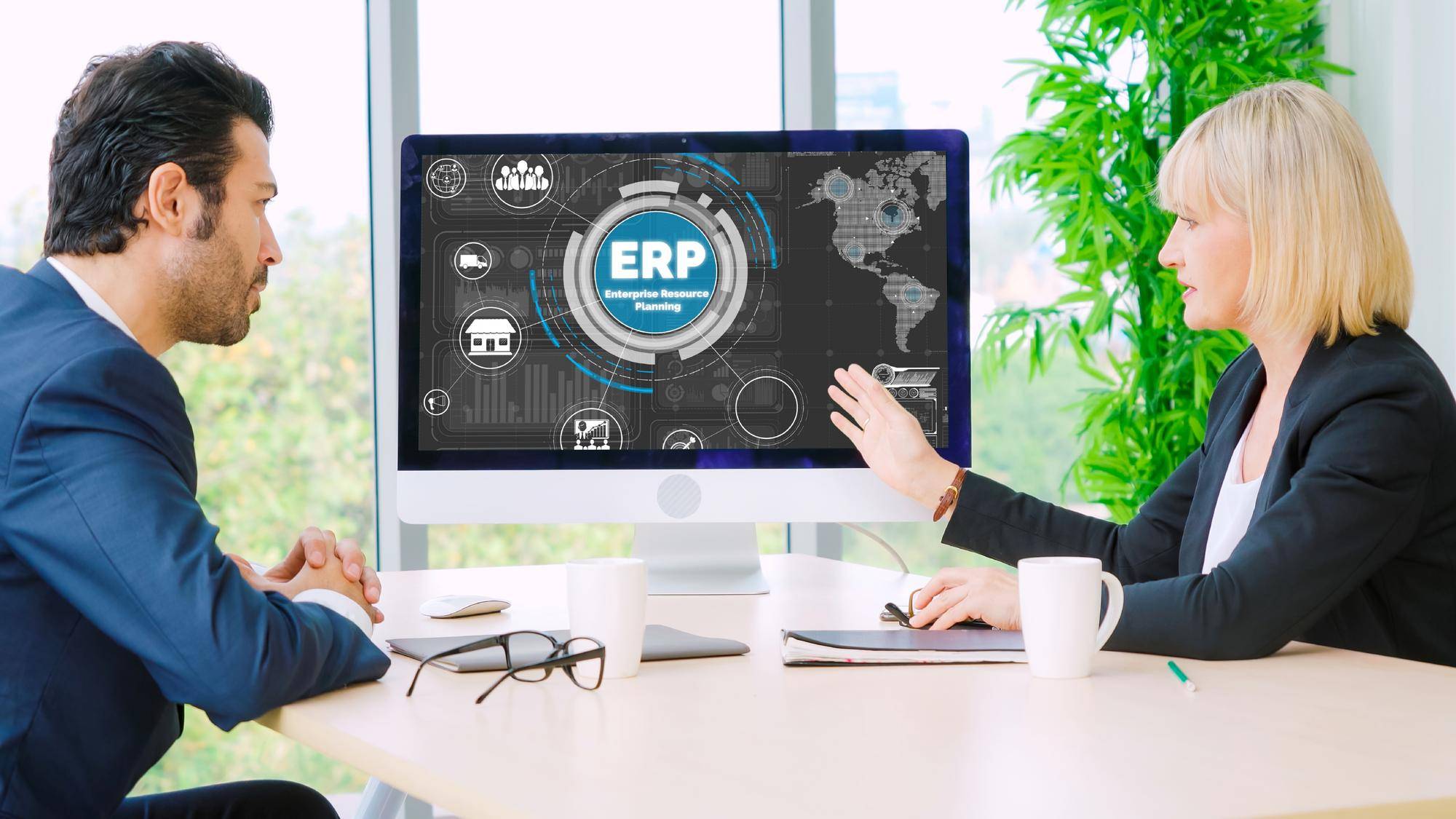The ERP world doesn’t stand still. Business needs shift, technology moves, and systems must keep pace. Microsoft Dynamics 365 is doing just that. It’s more than just an ERP system. It’s a platform built to change with time. In 2026, companies want better visibility, more control, and faster decisions.
They also want less waste, fewer manual steps, and systems that simply talk to each other. The future of ERP looks sharper, quicker, and smarter. Dynamics 365 is at the center of that movement, connecting teams and tools like never before.
6 Microsoft Dynamics 365 ERP Trends to Keep an Eye on in 2026
The ERP space is shifting under everyone’s feet. Old habits are giving way to new workflows. Cloud tools, AI support, and data automation are no longer luxuries since they’re expected to be a part of the systems. These ERP industry trends show where things are going and what Dynamics 365 is doing to lead the charge.
1. Accelerated Data Migration and Integrations with Automation
Gone are the days of slow and clunky migrations. Businesses can’t afford to pause. That’s why data movement is getting faster with less friction. Dynamics 365 is making automation part of the migration process. It saves time and cuts manual input errors.
Companies are linking CRMs, finance tools, and inventory systems with fewer clicks. The days of disjointed data are fading. Here’s what’s happening:
· Built-in connectors to tools like SharePoint, Teams, and Power BI
· Automated workflows for moving records between legacy systems
· Pre-built templates that cut migration time in half
· Real-time syncing across systems to reduce delays
· Reduced need for third-party add-ons
This ERP system trend is about speed without giving up accuracy. It also ensures better results by leveraging the power of analytics in Dynamics 365.
2. Cloud-First and Hybrid ERP Strategies
Some companies go full cloud while others want to keep certain operations on-site. Either way, Dynamics 365 handles both. That makes it a smart pick for IT teams who need options and not a one-size approach.
The blend of cloud and local setup isn’t new, but it’s now the standard. This makes it easier for companies to adapt without ripping out everything at once. You may wonder why it matters. Here are a few reasons to answer your query:
· Cloud for global teams, on-premise for secure operations
· Lower upfront costs with flexible licensing
· Easier updates without full system overhauls
· Better disaster recovery through cloud backups
· Greater freedom in scaling as needs change
The ERP system trends of 2026 aren’t about choosing one path. It is about having room to shift when needed.
3. AI-Ready ERP Systems
AI isn’t a buzzword anymore. It’s built into the process. With Microsoft Copilot and predictive analytics now incorporated into Dynamics 365, decisions come quicker. Systems catch errors before humans do, and reports write themselves. It’s like giving your ERP system a brain, and that brain works 24/7. Here are a few areas where AI is already showing up:
· Forecasting demand using historical data
· Smart alerts based on pattern recognition
· Automated invoice matching and approval routing
· AI-driven customer support ticket classification
· Predictive maintenance for machines and parts
The trends in ERP software are heading straight into AI-first territory, and Dynamics is clearing the path.
4. Standardized EDI for Operational Efficiency
Electronic Data Interchange (EDI) used to be complex and inconsistent. Today, Dynamics 365 offers built-in tools to help standardize communication across suppliers, logistics, and partners. As a result, there is no more chasing PDFs or emailing order sheets. The data flows directly between systems, saving hours of back-and-forth. Key improvements include:
· Pre-built EDI connectors for key industries
· Consistent order formatting across regions
· Real-time order status updates
· Reduced manual entry for shipping and invoicing
· Smoother vendor communication with fewer errors
As ERP trends evolve, EDI becomes less of a technical hassle and more of a plug-and-play feature.
5. Data Security at the Core of ERP Systems
Cyber threats aren’t slowing down. That’s why security can’t be an afterthought. Microsoft is building protection right into Dynamics 365 across every module, app, and data entry point.
It starts with role-based access but goes deeper. Threat detection, encryption, and audit logs are always running. Want to know the best part? There is no extra setup required. Security focus includes:
· End-to-end encryption for stored and in-transit data
· Access controls that update in real time
· Geo-redundant backups across global regions
· Built-in compliance with GDPR and industry regulations
· Multi-factor authentication is the standard
With these protections incorporated, this ERP system trend is keeping businesses safe while they grow.
6. Sustainability Goals Using the ERP
Companies are under pressure to track their environmental footprint. Dynamics 365 lets them do that within the same system they already use. That includes tracking carbon usage, material waste, and energy spending by department or machine.
It’s no longer just about reporting, it’s about action. The system shows where waste happens and how to fix it. Sustainability tracking tools help in various ways. Here are a few of them:
· Monitor energy use per location or process
· Identify high-emission vendors
· Track packaging material waste
· Optimize transportation based on carbon output
· Set and follow CO2 reduction targets
Some might say that this ERP system trend is a PR move. However, that is not the case as it’s part of daily operations now.
Final Words
The ERP space keeps shifting, but Microsoft Dynamics 365 stays in motion with it. These emerging trends in ERP are about addressing real needs. Automation, AI, cloud, security, and sustainability are no longer optional. They’re part of doing smart business.
CubePeaks helps companies align with the latest ERP trends using Dynamics 365. Whether you’re upgrading, migrating, or just getting started, we bring clarity and hands-on support to every step. Let’s move forward together.

